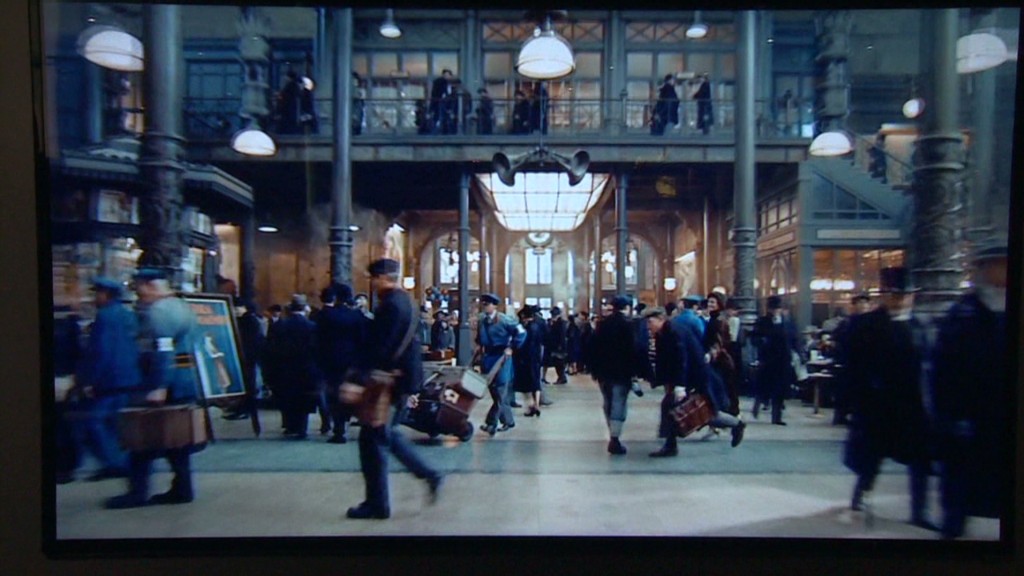
At a gadget show packed with fancy TVs showing off their ultra-high-definition tricks, Vizio had something genuinely novel on display: 3-D video that can be viewed without glasses.
Companies have been tinkering with this kind of technology for years -- Toshiba showed off some early experiments back in 2011, and Sony also has demo units -- but the prototype Vizio displayed at the Consumer Electronics Show includes a few key breakthroughs.
First, you aren't confined to one sweet spot. With this TV, there are nine. As you move around the screen in a semi-circle, the picture pops in and out of 3-D, akin to pulling a lens in and out of focus. If you're not in a sweet spot, the picture doesn't completely blur and fuzz out. It just flattens out into 2-D.
Even better, the system won't require any special content above and beyond the 3-D video that already exists.
CNNMoney's coverage of 2013 Consumer Electronics Show
The technology isn't flawless. On Vizio's prototype, the picture is considerably less sharp than on other high-definition or 3-D displays. On-screen lines and fuzziness are pretty noticeable, and the 3-D effect doesn't always pop like you'd expect it to.
Still, this kind of technology is creeping closer and closer to your living room. We've seen it in portable devices such as the Nintendo DS and the displays of 3-D cameras, but never yet in a full-size consumer TV.
That's still a year or two off. Vizio doesn't plan to have anything on the market until 2014 at the very earliest. By then, it will be significantly improved: Vizio is already talking about displays with 28 3-D viewing angles.
Will shoppers buy those TVs?
So far, the 3-D TV market has been a bust, in part because there's so little creative and visually appealing 3-D film and television content for people to watch. But an equally big barrier has been the 3-D glasses those TVs require. Get rid of that limitation -- and the headaches they cause -- and the format could finally start to flourish.

